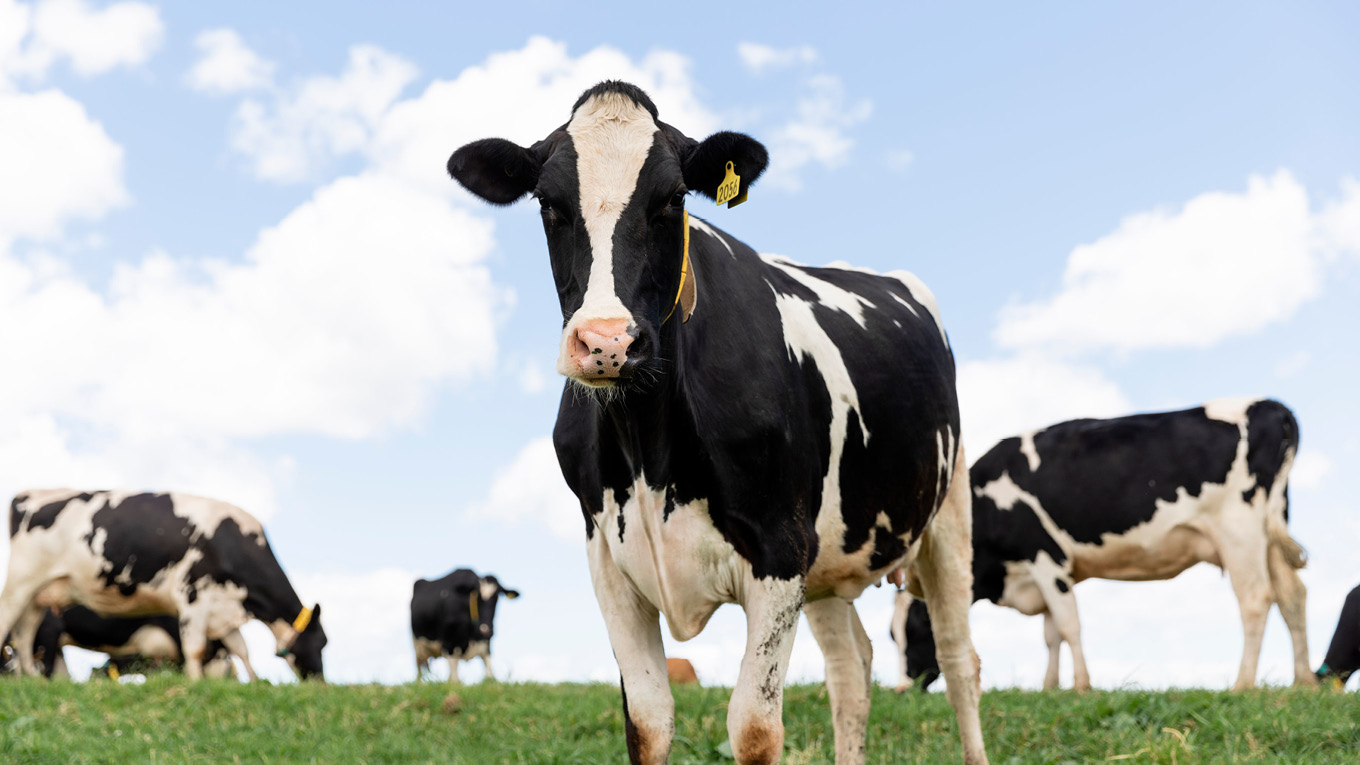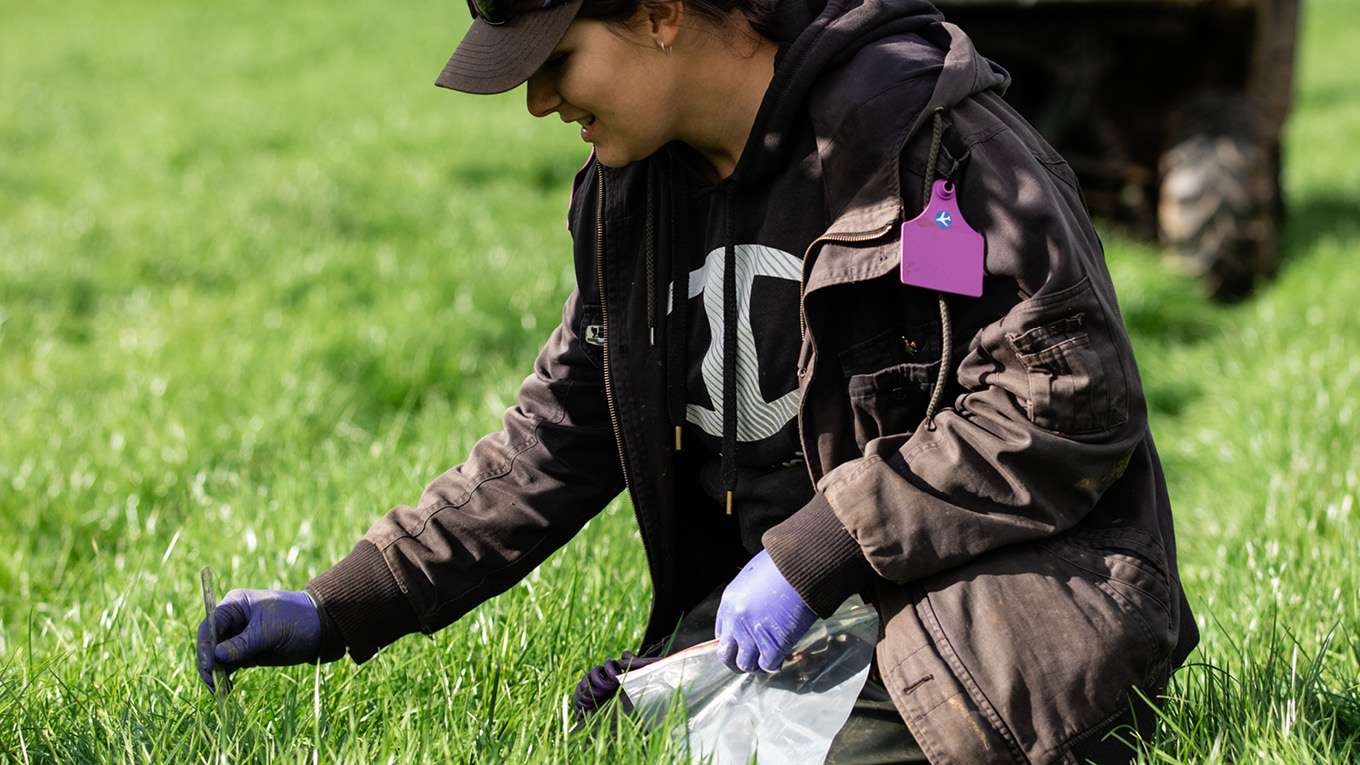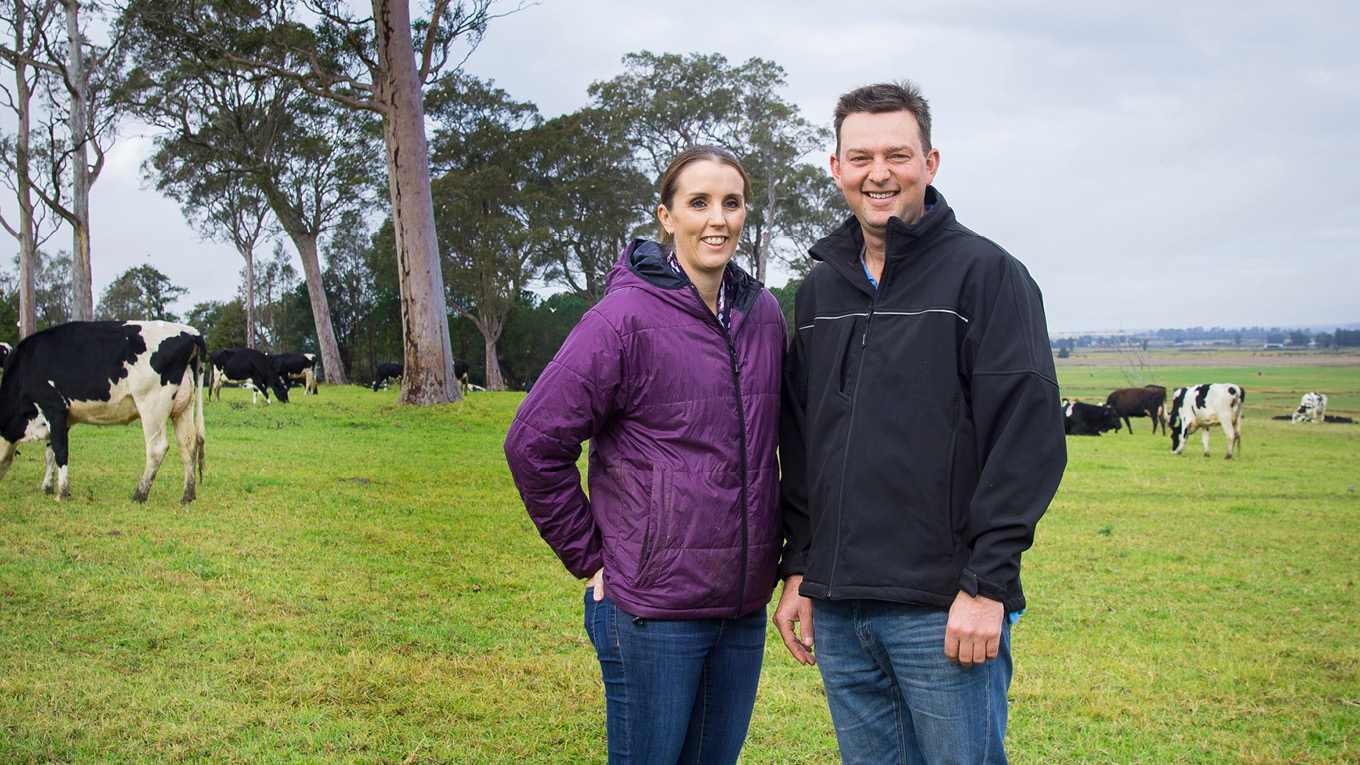Irrigation System Checks
Irrigation systems need to be checked regularly to ensure they are performing properly. Like any mechanical item, maintenance is required for consistently good performance. Poorly performing systems cost additional money to run, result in reduced pasture/crop production and create issues such as wet patches and bog holes.
Unfortunately, many irrigation systems – even new ones – do not perform properly. Poor performance is usually not readily visible and field measurements are necessary to determine any issues.
Common issues include:
- The operating pressure is too high, which wastes money in increased energy costs.
- The operating pressure is too low, which compromises sprinkler performance so water output is reduced and uniformity is poor.
- Sprinklers are worn out or replaced with the wrong item.
- Poor application uniformity, resulting in under and over-watered areas in the irrigated field, both of which reduce pasture/crop production.
- If your pump is not performing properly, it will affect the performance of your whole system - be sure to have it checked.
Simple checks
Irrigation operators can perform a number of simple checks to ensure their system is running correctly.
- Using an accurate pressure gauge, check pressures around the system. These checks should be at the nearest point to the pump, at the furthest point from the pump and somewhere in between.
- Remember, excess pressure costs money for no real gain, low pressure upsets irrigation performance and reduces productivity.
- Place a number of rain gauges or small containers in the field while the system is operating and then check how even the results are. If they are within 20% (+-10% of the average) of each other, the uniformity is probably adequate. If the variation is more than this, the system needs a closer look by a professional.
Centre pivots
Issues specific to centre pivots:
- The pressure at the end of the system is more important than the pressure at the centre. Both Senninger Irrigation and Nelson Australia make pressure gauges designed to be installed above the sprinkler at the outer end and are available from irrigation suppliers.
- If the field is not completely flat, check the end pressure at the highest point - just a small rise can alter the pressure at the sprinklers and reduce the output and pattern.
- Tyre pressures are incorrect and vary along the system, altering the speed calibration and, in some cases, exacerbating wheel ruts and bogging and causing premature failure of the drive train.
Travelling irrigators
Issues specific to big-gun travelling irrigators:
- Lane spacing should be 60–65% of wetted width in still conditions and 30–50% for windy conditions. Lane spacings excess of this will greatly reduce distribution uniformity. Poor distribution uniformity occurs when spray applications do not overlap sufficiently.
- Check travelling gun irrigator speed - variations within runs can be as much as 50% which means the amount applied varies a lot from one end to the other. Reducing speed variation improves distribution uniformity. The main factors are uneven topography, increasing drag length for soft hose machines, and variations as the hose winds up for hard hose machines. Incorrect tyre pressures also have an effect.
- Ensure the system is operating at the specified pressure. These are high-pressure systems and it is pressure that uses energy. Considerable savings on pumping costs can be made by ensuring the overall pressure is minimised by minimising friction losses, using adequate pipe sizes, and selecting a nozzle with minimum pressure to do the job.
- If the pressure is too low, poor uniformity will result. It is too common to find travelling guns operating below the recommended pressure.
- Check the nozzle size and replace if worn - a worn nozzle will apply more water than expected and alter the spray pattern.
- Taper nozzles produce greater wetted diameters and are better in windy conditions, whereas ring nozzles break up the spray trajectory causing smaller droplet sizes and reduced wetted diameters.
Spray line systems
Issues specific to spraylines (including solid set systems):
- Check that the sprinklers are the same brand, type and size - it is common to find sprayline systems with many different makes and types of sprinklers and/or with sprinklers that have not been checked for decades.
- Check seals at hydrants, pipe connections, sprinkler pivot points and replace any that leak
- Check above-ground pipework - replace any with leaks, cracks, splits, dents or other damage.
Bike-shift and K-Line systems
These are low-output systems so any small change could make a big difference to the performance.
Bike-shift and K-Line systems often struggle due to insufficient System Capacity:
System Capacity (mm/day) = Pump flow rate (L/day) ÷ Field irrigated area (m2)
or
System Capacity (mm/day) = Pump flow rate (ML/day) x 100 ÷ Field irrigated area (ha)
System Capacity should be equal to the peak plant water use in the hottest month, otherwise the pasture or crop will suffer water stress. Bike-shift and K-Line struggle because the irrigated area is often too big.
Issues specific to bike-shift:
- Check that the sprinklers are the right brand, type and size and are undamaged
- Check seals at hydrants, pipe connections and sprinklers and repair or replace any that leak
Issues specific to K-Line:
- Check that the sprinklers are in good order
- Ensure that spacing between positions is correct and that overlap is adequate
Downloads
-
Tips travelling guns irrigation factsheetPDF, 442.37 KB
-
8 tips to accurately check center pivot sprinklers factsheetPDF, 83.01 KB
-
How to evaluate performance of centre pivot lateral move systems factsheetPDF, 259.23 KB
-
Water and energy efficiency of centre pivots on dairies 2013PDF, 76.1 KB
-
Irrigation evaluation factsheetPDF, 202.16 KB
-
Getting the most from your k line irrigation system factsheetPDF, 170.31 KB
-
K line std mid irrigation brochure 2013PDF, 8.07 MB


